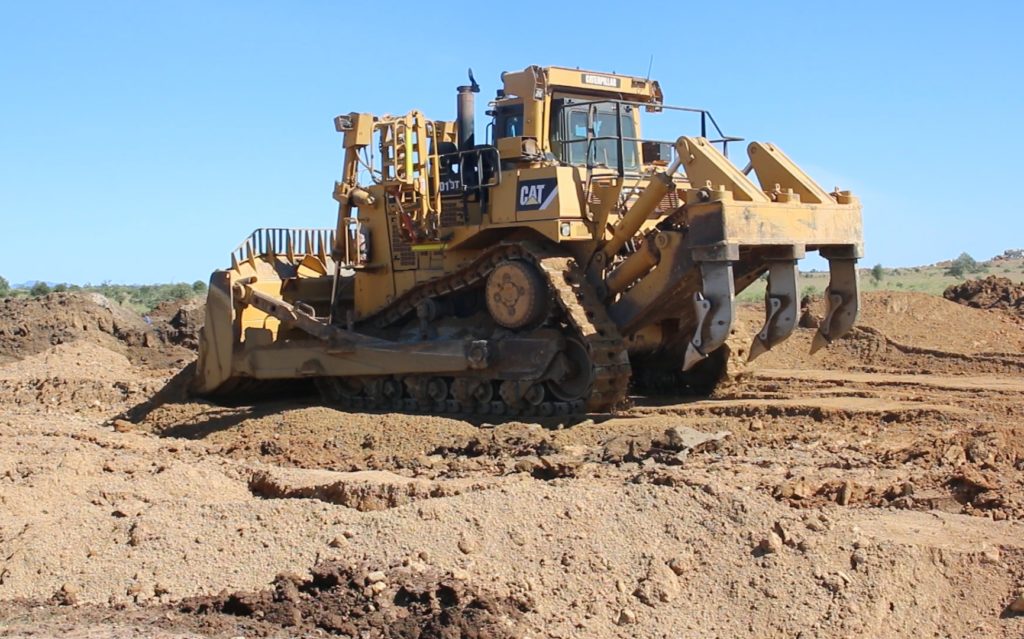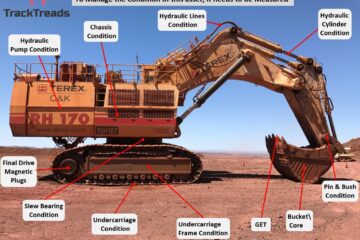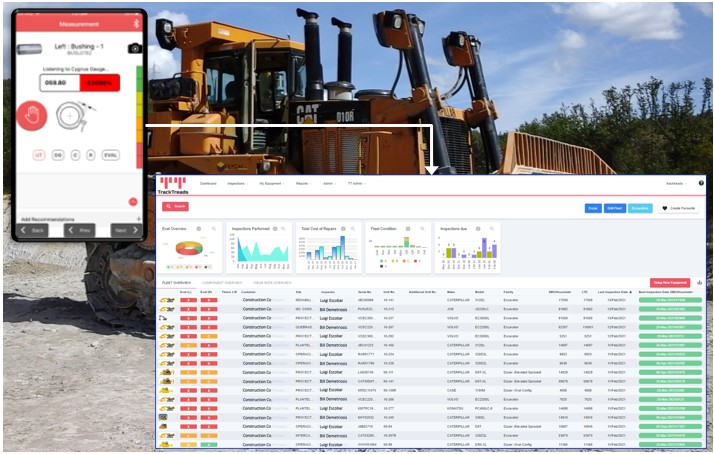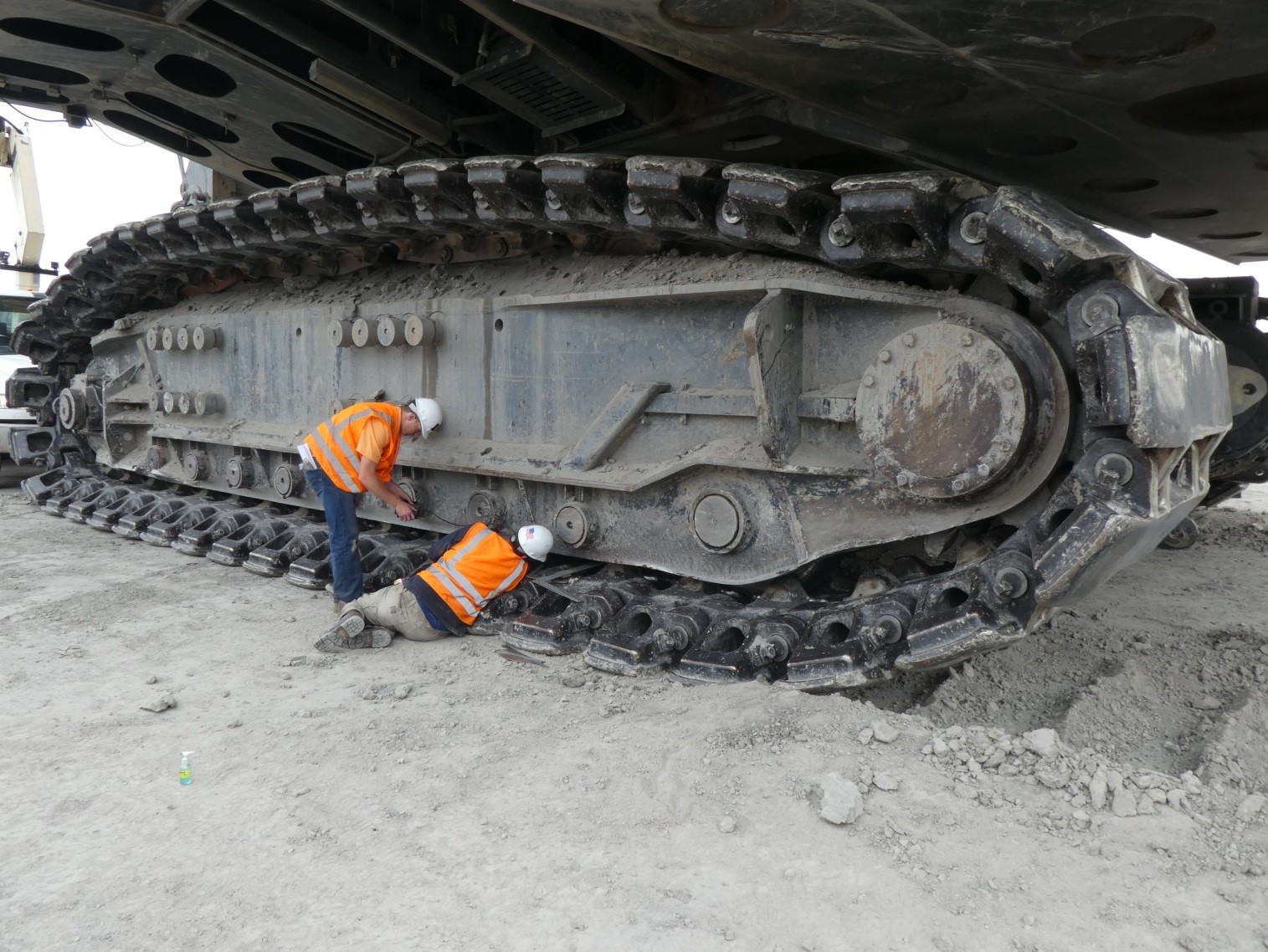The art of undercarriage management is achieving as close to 100% wear from all components on the system simultaneously. This means that each component; whether rollers, idlers, sprockets or chain; are all wearing so that when the first component reaches 100% worn, all of the other components are as close to 100% worn as possible. This ensures that both time and money are spared. An example of this would be when an undercarriage system has one or two components that are 85% worn and the remainder have all just reached 100% worn. In this instance the most likely outcome would be a system replacement, resulting in some components being replaced when they still have the potential to do more hours, as repeated maintenance downtime means lost production time.
In order to achieve this simultaneous wear, there are a number of factors that need to be managed closely.
- Inspections must be performed regularly to ascertain percent worn and remaining life.
- Inspection data must be properly interpreted to identify abnormal wear and identify issues that require corrective actions. Where components are showing signs of premature wear, what’s the cause and what needs to be rectified?
- Corrective actions must be completed as issues arise to avoid excessive abnormal wear. This may require, swapping of rollers, balancing the machine, rebuilding certain components or additional training of operators.
All of this becomes more challenging when you have to manage an entire fleet of tracked machines. However, once you are managing a fleet of machines you can then compare how your components are performing compared to other mine-sites with similar working conditions. Benchmarking provides the necessary data to more accurately compare how your fleet is performing against the standard.

Wear Rate Graph showing the disparity between OEM expected budget life and actual achieved budget life
The wear rate graph shown above is another good exmaple of benchmarking. By comparing the components actual wear rate curve with the theoretical OEM wear rate you are able to identify at what point a component starts to deteriorate, or where the rate of wear considerbaly increases. Identifying issues early in this manner will enable you to take corrective action before it is too late, thus helping you achieve the target budget life for that component.




0 Comments